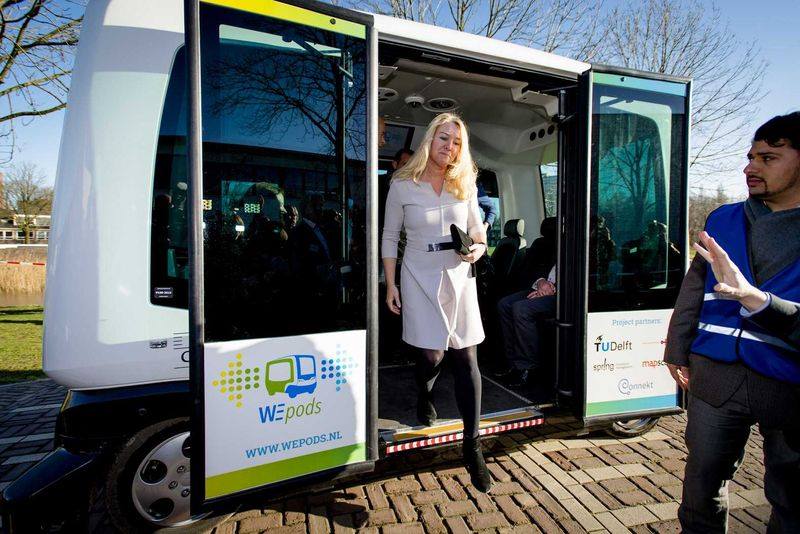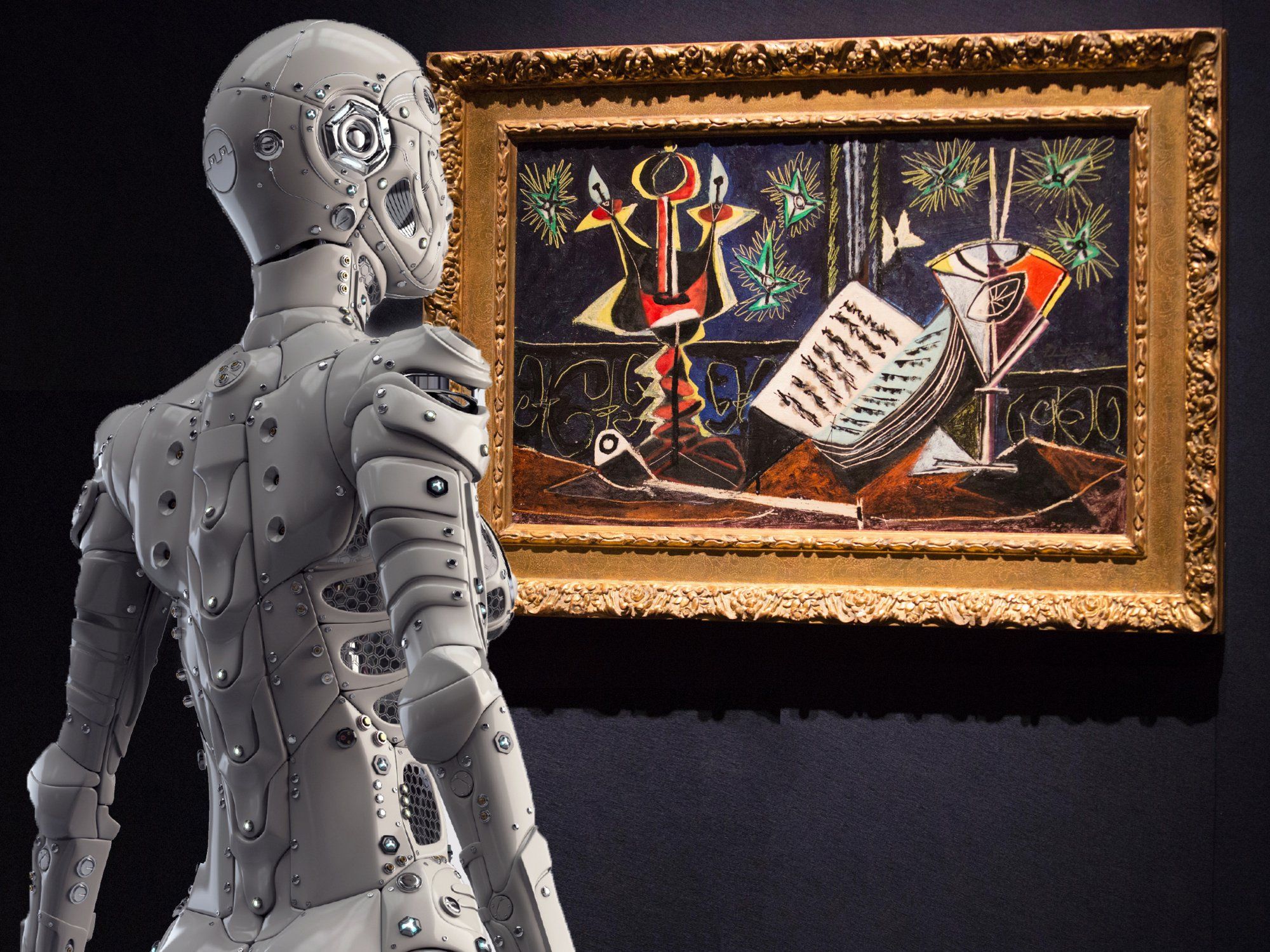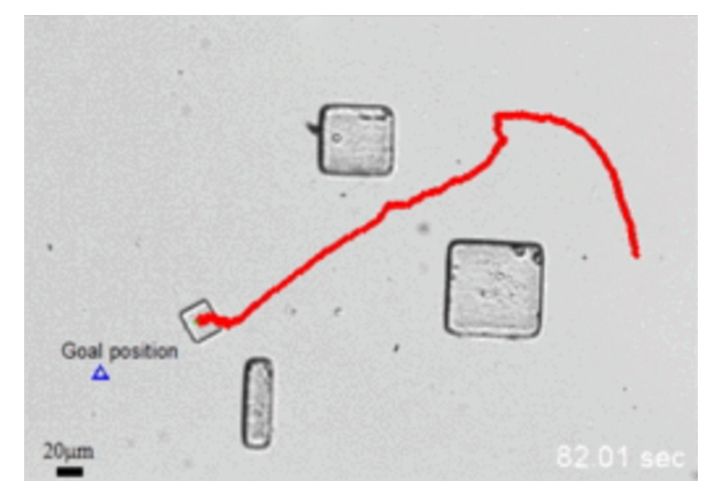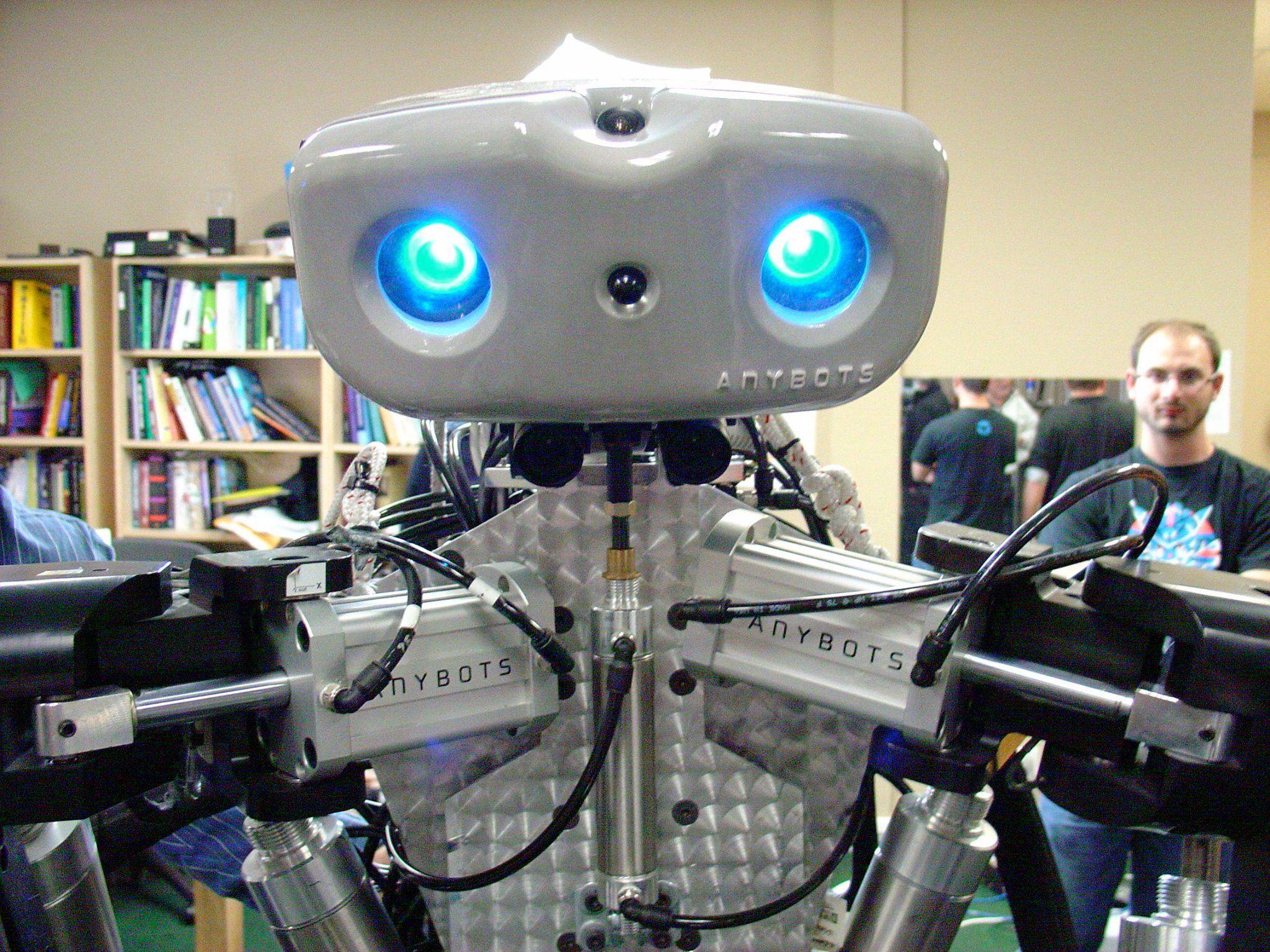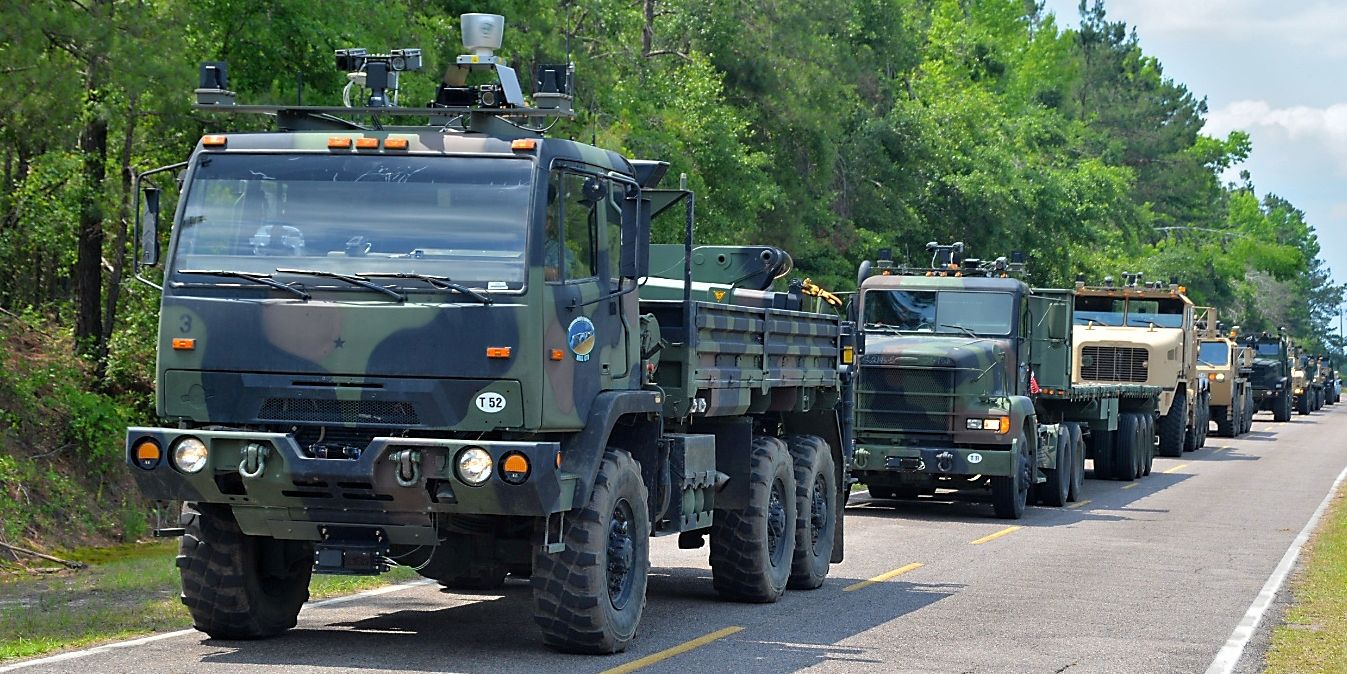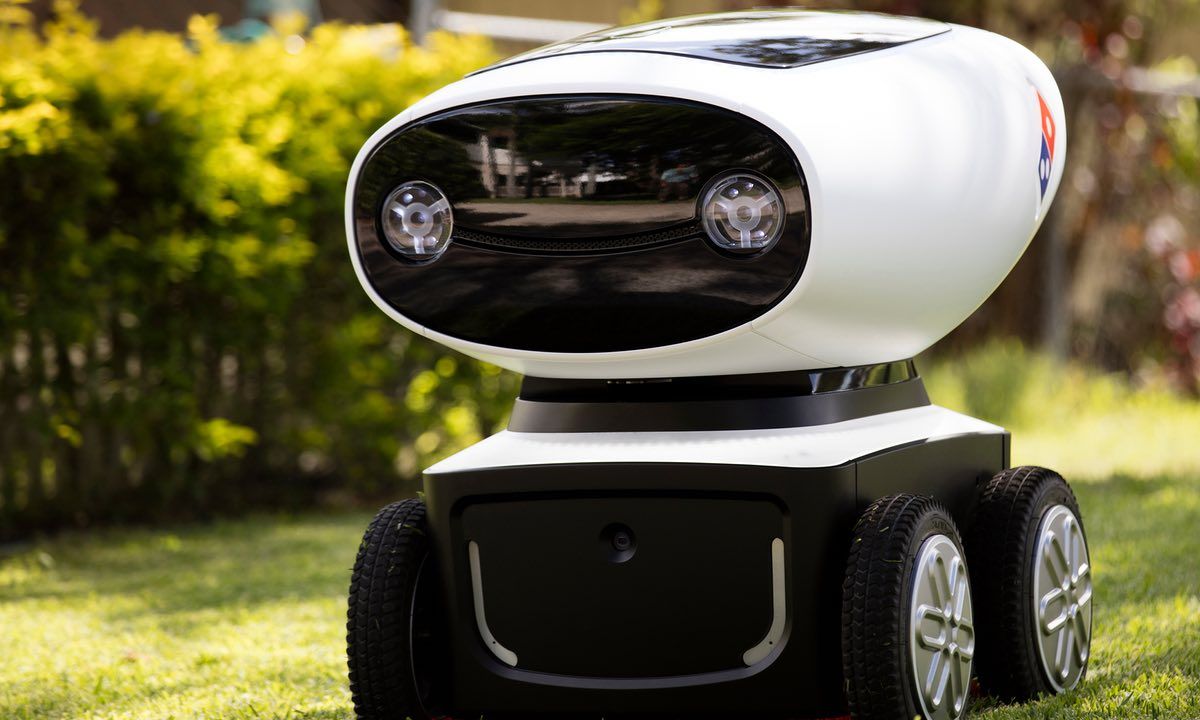Archive for the ‘robotics/AI’ category: Page 2337
Your next favorite artist, writer, or musician might be a robot.
As the gap between man and machine narrows, it becomes harder to identify what makes humans unique. Robots can perform myriad physical tasks, they can express emotions (even if they don’t actually feel them), and they can learn. So what makes humans special?
Some people think it’s the presence of a soul, though that argument invades sticky philosophical territory and can’t be empirically proven. Cynics might say humans are the only species to make and use weapons specifically to hurt others, but that’s not exactly a reason to boast. Others suggest humans are singular for their ability to make art. From the Mona Lisa to the Taj Mahal, Homo sapiens’ facility for imbuing canvas, stone, sound, and words with beauty and imagination is unparalleled.
Mar 19, 2016
Bacteria-powered Bio-Bots Avoid Obstacles on Way to Target
Posted by Karen Hurst in categories: biotech/medical, robotics/AI
Microscopic robots, powered by bacterial flagellation, are a curious branch of robotics research, potentially leading to devices that can deliver drugs, perform surgical tasks, and help out with diagnostics. While bacteria has been harnessed in the past to power small devices, having those devices actually navigate to a desired target has been a challenge. At Drexel University researchers are now using electric fields to help their bacterial biobots detect obstacles and float around them on their way to the final destination.
The electric fields don’t actually control the bots, but allow the bots to sense their environment and to move around. The devices are powered by rod-shaped S. marcescens bacteria that are normally negatively charged. The researchers positioned two electric fields orthogonally to each other, creating a grid. Obstacles within the grid slightly affect the fields’ shape, which the robot recognizes and uses to avoid the obstacles.
Here are a couple videos demonstrating the bacterial powered microbot:
Continue reading “Bacteria-powered Bio-Bots Avoid Obstacles on Way to Target” »
Mar 19, 2016
The case for a robot president
Posted by Zoltan Istvan in categories: computing, geopolitics, robotics/AI
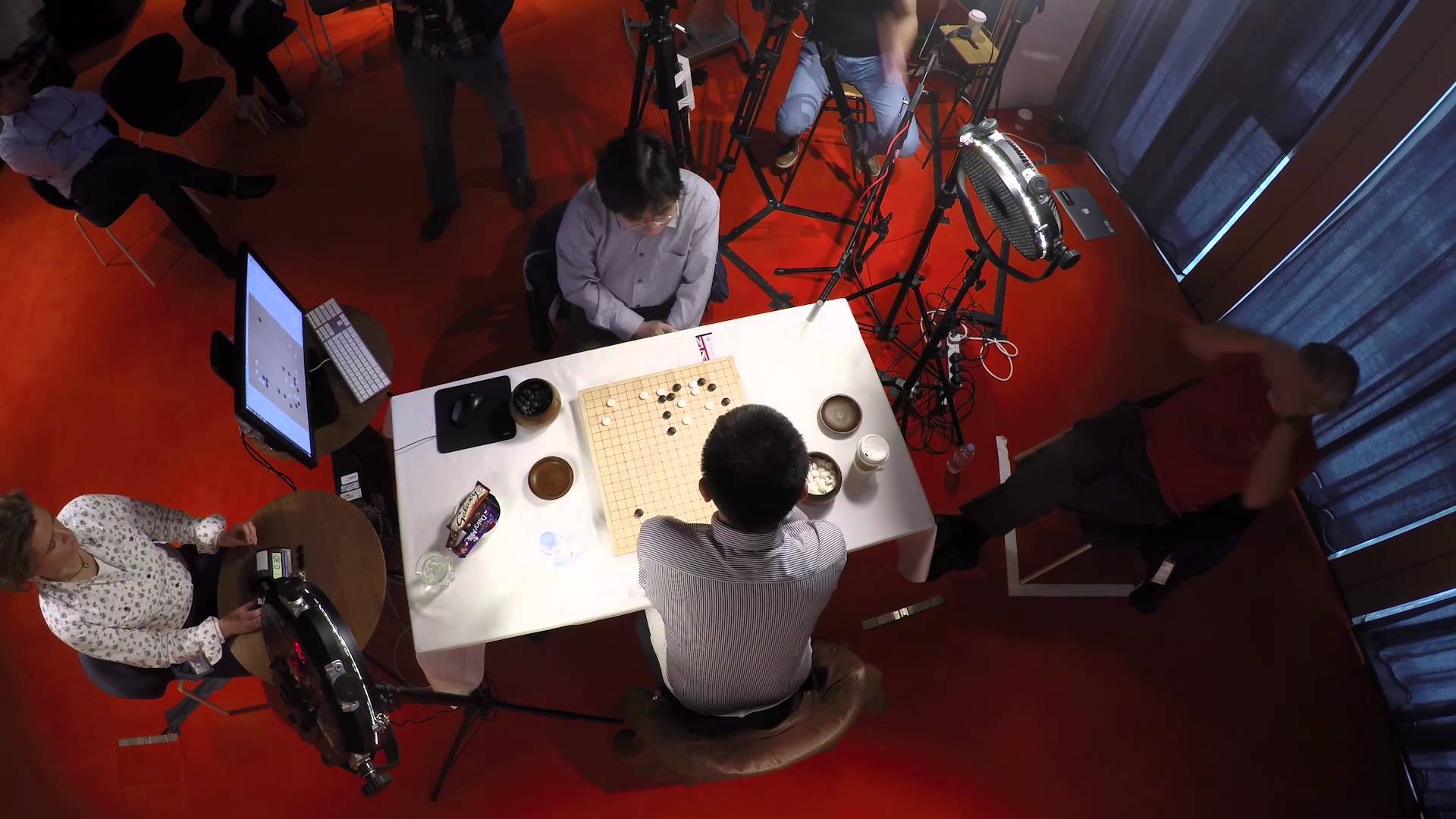
I did an interview on AI and politics for CBC, which also went out on NPR yesterday.
This week, Google’s artificially intelligent computer, AlphaGo won a tournament in the complex board game called Go. American presidential candidate Zoltan Istvan says it’s that in a matter of 10 to 15 years A.I. will be advanced enough to be president of the United States of America.
Mar 18, 2016
Reading minds, sharing control
Posted by Karen Hurst in categories: neuroscience, robotics/AI

https://youtube.com/watch?v=kg1WWq_8kpA
BMIs and other brainy stuff.
When it comes to moving a robot arm with your thoughts, sometimes it is better not to have complete control of your actions. This blog explains more.
Mar 18, 2016
An AI with 30 Years’ Worth of Knowledge Finally Goes to Work
Posted by Shailesh Prasad in category: robotics/AI
An effort to encode the world’s knowledge in a huge database has sometimes seemed impractical, but those behind the technology say it is finally ready.
Mar 18, 2016
Carl’s Jr CEO wants to replace all human workers with robots
Posted by Shailesh Prasad in categories: food, health, robotics/AI
Minimum wage for a robot? $0/hour. Maximum wage? $0/hour.
(From Fox)
Eatsa, the mostly automated healthy, fast food bowl shop based in San Francisco, has inspired the CEO of Carl’s Jr. and Hardee’s to rethink the traditional workforce—by replacing all humans with robots.
Continue reading “Carl’s Jr CEO wants to replace all human workers with robots” »
Mar 18, 2016
U.S. Army Begins Testing Tech to Enable Self-Driving Convoys This Summer
Posted by Shailesh Prasad in categories: military, robotics/AI, transportation
Beginning in June, the Army will road-test communications technology that could lead the way to autonomous big-rig convoys.
Mar 18, 2016
Who’s Afraid of Existential Risk? Or, Why It’s Time to Bring the Cold War out of the Cold
Posted by Steve Fuller in categories: defense, disruptive technology, economics, existential risks, governance, innovation, military, philosophy, policy, robotics/AI, strategy, theory, transhumanism
At least in public relations terms, transhumanism is a house divided against itself. On the one hand, there are the ingenious efforts of Zoltan Istvan – in the guise of an ongoing US presidential bid — to promote an upbeat image of the movement by focusing on human life extension and other tech-based forms of empowerment that might appeal to ordinary voters. On the other hand, there is transhumanism’s image in the ‘serious’ mainstream media, which is currently dominated by Nick Bostrom’s warnings of a superintelligence-based apocalypse. The smart machines will eat not only our jobs but eat us as well, if we don’t introduce enough security measures.
Of course, as a founder of contemporary transhumanism, Bostrom does not wish to stop artificial intelligence research, and he ultimately believes that we can prevent worst case scenarios if we act now. Thus, we see a growing trade in the management of ‘existential risks’, which focusses on how we might prevent if not predict any such tech-based species-annihilating prospects. Nevertheless, this turn of events has made some observers reasonably wonder whether indeed it might not be better simply to put a halt to artificial intelligence research altogether. As a result, the precautionary principle, previously invoked in the context of environmental and health policy, has been given a new lease on life as generalized world-view.
The idea of ‘existential risk’ capitalizes on the prospect of a very unlikely event that, were it to pass, would be extremely catastrophic for the human condition. Thus, the high value of the outcome psychologically counterbalances its low probability. It’s a bit like Pascal’s wager, whereby the potentially negative consequences of you not believing in God – to wit, eternal damnation — rationally compels you to believe in God, despite your instinctive doubts about the deity’s existence.
However, this line of reasoning underestimates both the weakness and the strength of human intelligence. On the one hand, we’re not so powerful as to create a ‘weapon of mass destruction’, however defined, that could annihilate all of humanity; on the other, we’re not so weak as to be unable to recover from whatever errors of design or judgement that might be committed in the normal advance of science and technology in the human life-world. I make this point not to counsel complacency but to question whether ‘existential risk’ is really the high concept that it is cracked up to be. I don’t believe it is.
Mar 18, 2016
Domino’s unveil ‘world’s first’ pizza delivery robot
Posted by Shailesh Prasad in categories: food, military, robotics/AI
The fast-food retailer built the droid with Australian startup Marathon Robotics using a robot sourced from the military and its own technology, including Domino’s GPS tracking data.
DRU, which could spell the beginning of the end of the pizza delivery boy, has a sensory system that uses lasers to move around obstacles in its path to travel unassisted to a customer’s address.
The four-wheeled robotic unit travels up to speeds of 20km/h and is designed to cruise on footpaths, trails and bike paths.
Continue reading “Domino’s unveil ‘world’s first’ pizza delivery robot” »
